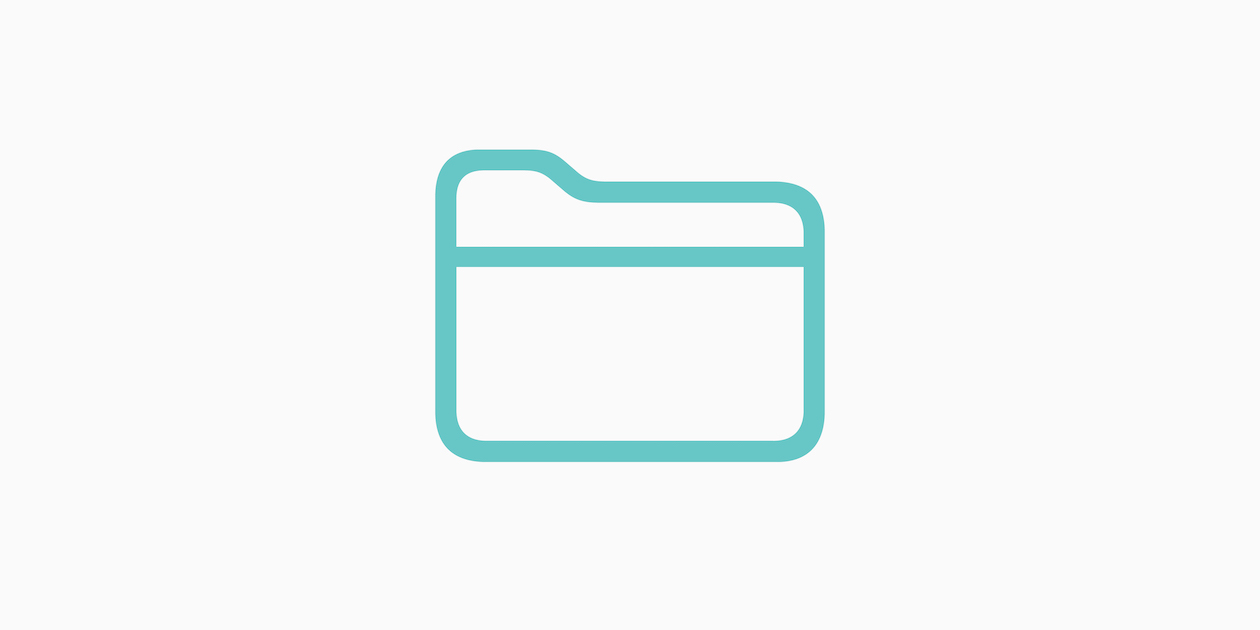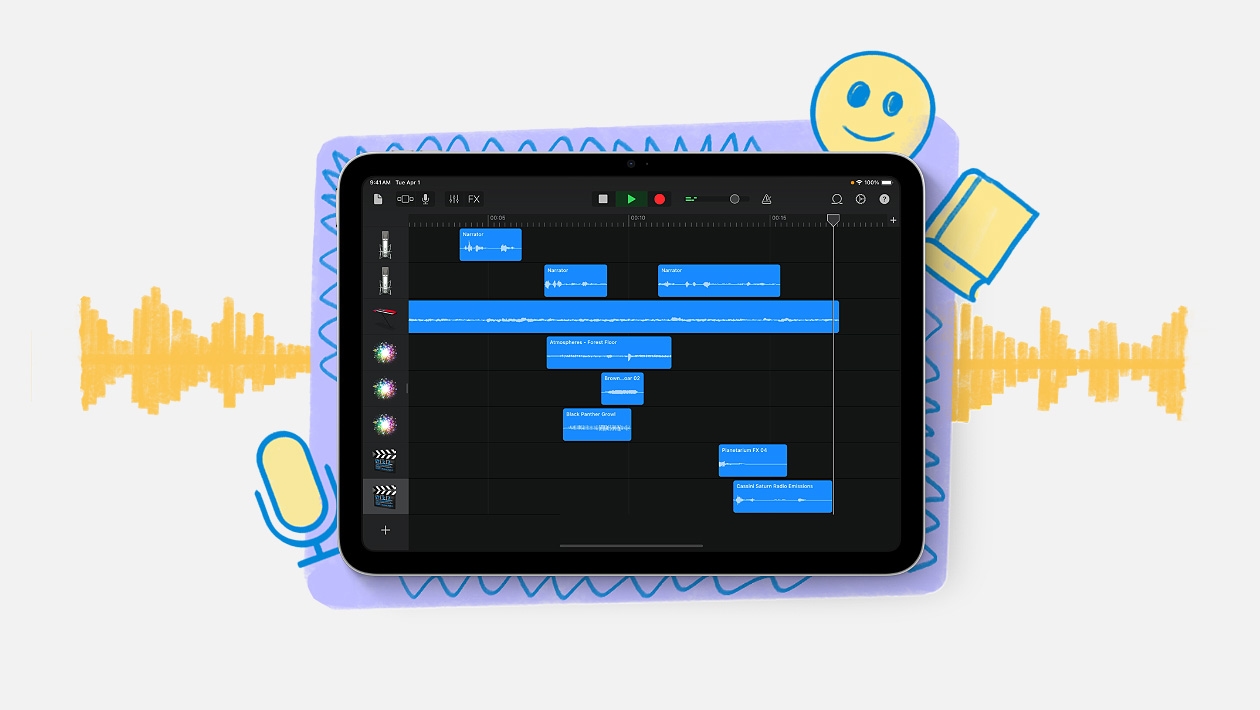Context
Imagine turning your classroom into a podcast studio—where your students become hosts, researchers, and storytellers all in one lesson.
In “Vibe Check: Health Edition”, students will write and record their own 2-minute podcast episodes all about sleep, diet, and exercise topics that matter deeply to them (even if they pretend they don’t!). This isn’t just another writing assignment. It’s a chance for students to speak directly to their peers, use persuasive language, and practise confident spoken English using the iPad as a creative tool.
This lesson blends real-world relevance with digital creation and language learning. It gets students writing with purpose, speaking with intention, and thinking critically all while having a blast turning their ideas into something they can actually share.
You’ll get to see your students light up when they hear their own voices coming through the iPad speakers—and better yet, they’ll be proud of something they made from scratch.
It’s English, but with a mic and a message.
Preparation and Flow
To ensure success, this lesson will be scaffolded to guide students step-by-step through the podcast creation process:
1. Set the Context & Check-In (10 mins)
Begin with a short discussion to activate prior knowledge about sleep, diet, and exercise. Ask students what they already know and how these habits affect their daily life and mood.
2. Form Groups and Assign Roles (5 mins)
Organise students into groups of 2–3. Assign roles such as:
Researcher: Uses the iPad to find facts or interesting info about the chosen topic (sleep, diet, or exercise).
Scriptwriter: Drafts the podcast script using Notes or Google Docs.
Recorder/Performer: Practices and records the podcast using a voice recording app.
3. Research and Note-Taking (15 mins)
The Researcher uses Safari or Chrome to collect 2–3 key facts or examples. The group discusses and decides on their main message and tone (friendly, motivational, etc.).
4. Scriptwriting with Scaffolds (25 mins)
The Scriptwriter drafts a 2-minute podcast script that includes:
a. An engaging introduction
b. 2–3 supporting points or stories
c. A call to action or closing message
Provide a simple script template or guiding questions to help structure their work.
5. Practice & Record (20 mins)
The Recorder/Performer rehearses the script aloud to practise tone, pace, and clarity.
Then, the group records the podcast using Voice Memos or GarageBand.
Encourage multiple takes for the best quality.
6. Compile and Share (10 mins)
Groups upload their recordings to a shared Google Drive folder or AirDrop to the teacher.
Optionally, play a few podcasts in class and have a quick reflection discussion.
Possible Extensions
Visual Storytelling: Have students design podcast cover art, episode thumbnails, or promotional posters using apps like Canva or Keynote on their iPads, adding a creative visual element.
Peer Review & Feedback: Implement a structured peer feedback session where students listen to each other’s podcasts and provide constructive comments based on a simple rubric (e.g., clarity, engagement, language use).
Classroom Podcast Showcase: Host a “Podcast Day” where students’ episodes are played for the whole school or parents via a school newsletter, website, or assembly, celebrating student work and amplifying their voices.
Cross-Curricular Collaboration: Partner with Science, PE, or Health Education teachers to integrate the podcast topics into broader lessons on human biology, nutrition, or physical fitness.
By the LearnGrowCreate Team
Main author - Farez








July 08, 2025 . English
English
This is a great way to engage students in learning about a topic and practice their skills with speaking and researching. Voice memos is such an easy tool to use for student recording! 2 minute podcasts would be a great routine to build into a classroom for quick sharing or explaining.
This action is unavailable while under moderation.
This action is unavailable while under moderation.